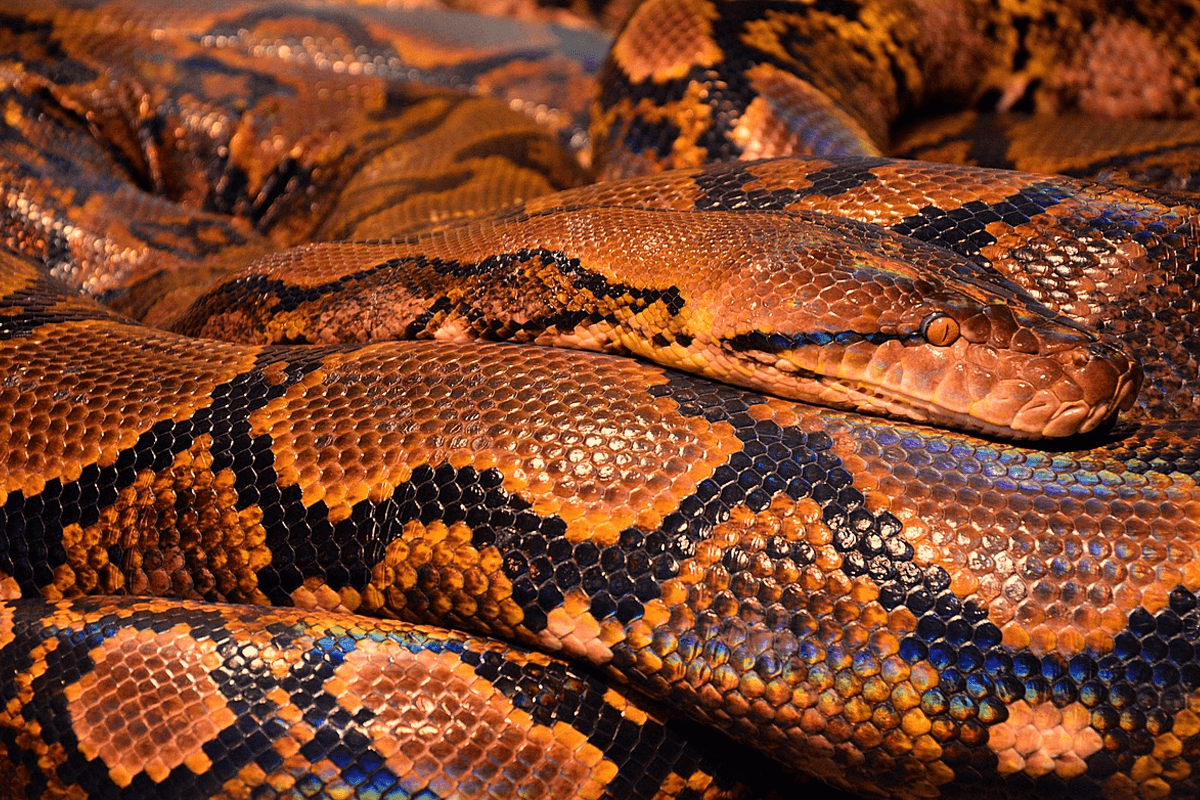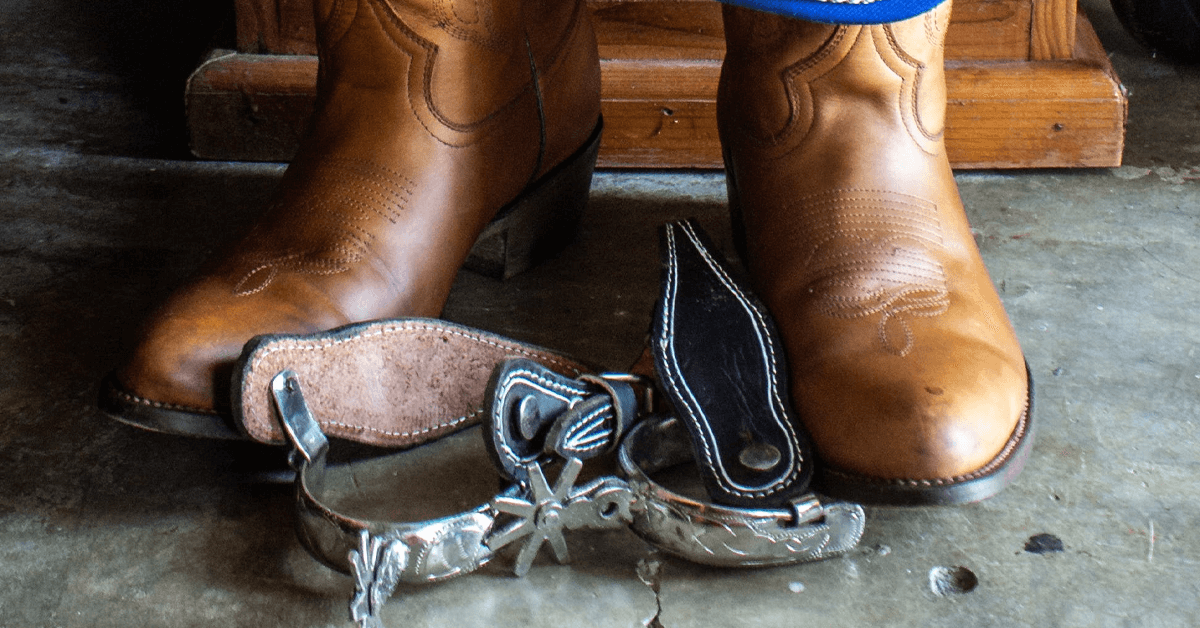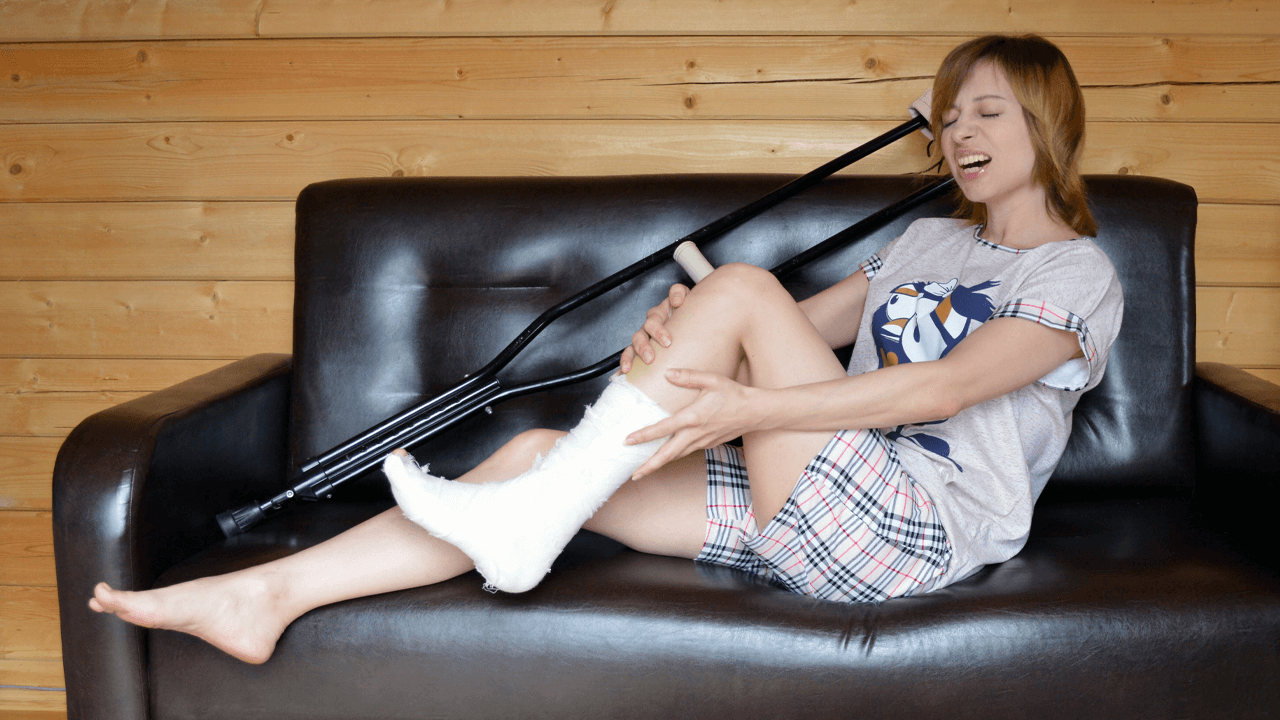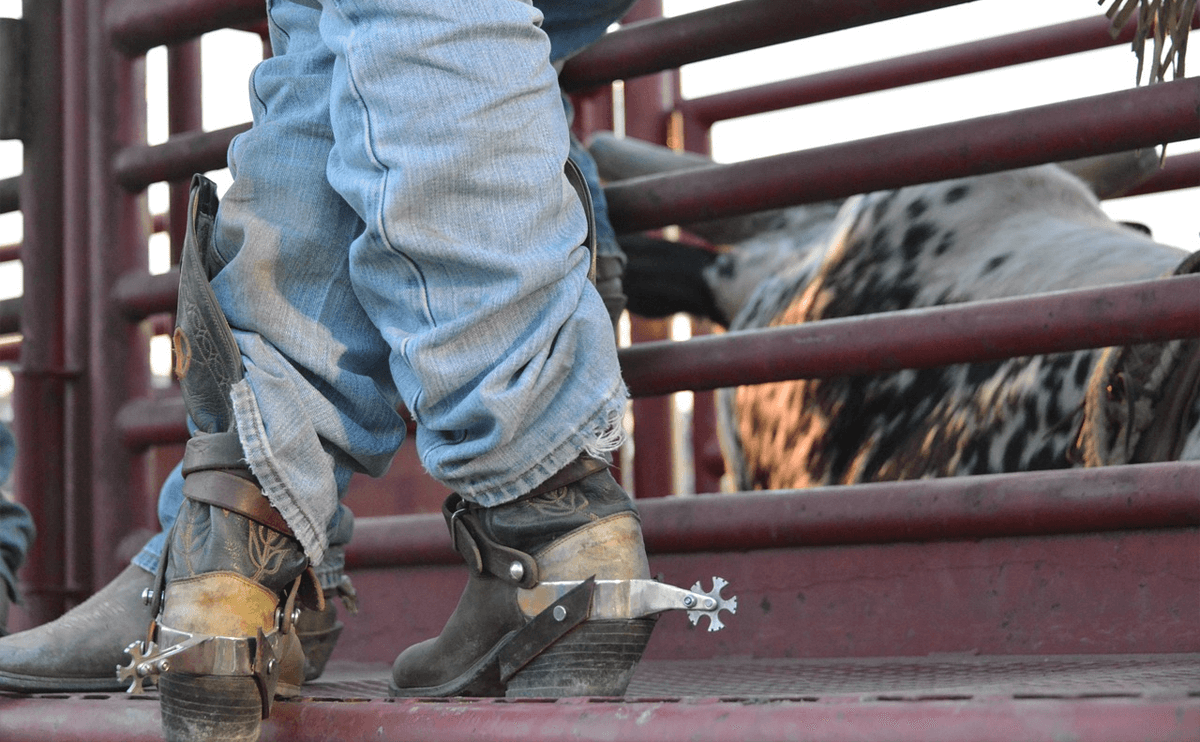Are Cowboy Boots Snake-Proof?

Let’s dive into an interesting question that often comes up among outdoor lovers and fans of Western fashion: “Can cowboy boots keep snakes away?”
With cowboy boots being popular in both city and country settings, it’s worth looking into whether they offer any protection, especially in areas where snakes might be a concern. This isn’t just about satisfying curiosity; it’s about staying safe and prepared.
Come along as we explore different aspects of boot design, materials, and how they function to tackle this intriguing question. Whether you’re someone who loves hiking, works on a ranch, or just enjoys wearing cowboy boots, you’ll find this investigation eye-opening. Stick around as we get to the bottom of this myth!
How Do Snakes Strike Cowboy Boots?
Before we jump into whether cowboy boots can keep snakes at bay, let’s get a grasp on how snakes operate and what drives their striking behavior.
It’s a common misconception that snakes strike indiscriminately. In reality, they usually only lash out when they feel threatened or when they’re on the hunt. The speed at which they strike can be breathtaking, with some species moving faster than the blink of an eye.
Now, let’s take a closer look at the bite itself. The main players here are the fangs – these specialized teeth are what deliver the venom.
The structure of fangs varies depending on the snake species. Some have fixed fangs, while others have retractable ones, but they all share the purpose of piercing the skin and often underlying tissues.
Think of fangs like hypodermic needles; they inject venom into their victim. They’re incredibly sharp and sturdy, capable of penetrating through various materials, including certain types of clothing and footwear. Snake fangs come in different lengths, with the Gaboon viper holding the record for the longest fangs, measuring up to 2 inches.
However, most snakes encountered have much shorter fangs. This detail is significant when considering whether cowboy boots can fend off a snakebite. Can the materials and design of a cowboy boot withstand such a strike? We’ll delve deeper into these questions as our discussion unfolds.
What Makes Cowboy Boots Snakeproof?
Before we dive into whether cowboy boots can fend off a snakebite, let’s get acquainted with the basic makeup of these iconic footwear pieces. Cowboy boots have a unique design tailored for life on horseback, but they’ve evolved to be versatile enough for all sorts of situations.
A typical cowboy boot is made up of four main parts: the upper, the insole, the outsole, and the heel. The upper is usually crafted from a single piece of leather, often with fancy stitching or cool designs. It reaches up the calf and plays a big role in protecting you from the elements – something important to consider when we talk about snake bites.
The insole and outsole are there to make sure your feet are comfy and your boots last. The insole is where your foot rests inside the boot, while the outsole is the part that touches the ground. Back in the day, these were usually made of tough, layered leather, but nowadays, you might find them made of rubber or other materials.
The heel, usually about an inch high or more, was originally made to keep a cowboy’s foot steady in the stirrup. It’s typically made of leather, often layered and nailed together for extra strength.
Traditionally, cowboy boots were mainly made from cowhide leather – it’s tough and easy to find. But nowadays, you’ll see all sorts of materials used, like exotic leathers such as alligator or ostrich, snakeskin, and even synthetic options for those on a budget.
Each part of the boot, the materials used, and how it’s put together, all have a say in whether cowboy boots can hold up against a snake bite. Let’s keep going and find out the answer in the next part.
Are Cowboy Boots Snake Proof?
Now that we’ve explored the potential impact of a snakebite and taken a closer look at the anatomy of cowboy boots, it’s time to tackle the burning question: “Are cowboy boots really snake-proof?” As is often the case with such inquiries, the answer isn’t so straightforward.
Thanks to their design and traditional craftsmanship, cowboy boots do offer a level of protection that surpasses many other types of footwear. The sturdy leather used in crafting the upper portion of the boot presents a formidable barrier against most snake fangs. This is particularly true for the thick, resilient leather that high-quality cowboy boots are renowned for.
However, labeling cowboy boots as completely “snake-proof” might be stretching it a bit. While they provide significant protection, they’re not impervious. Certain snakes, especially those with longer fangs or a more forceful strike, could still manage to puncture a cowboy boot.
Moreover, the boot’s ability to withstand a snakebite depends on various factors, such as the specific circumstances of the strike. A direct hit to the thickest part of the boot is less likely to result in penetration than a strike targeting a more vulnerable area, like where the upper part meets the lower boot or along the stitching.
Although cowboy boots provide some protection against snake bites and might be sufficient in areas with fewer or less harmful snakes, they should not be considered the only form of defense in regions known for highly venomous snakes or those with longer fangs. We’ll explore real-life experiences and stories in the next section to better understand these arguments.
What Footwear Should I Use To Avoid Snake Bites?
If you’re concerned about the potential risk of snake bites while wearing cowboy boots, it might be worth considering alternatives specifically designed with snake defense in mind, such as snake-proof boots.
These boots are crafted from materials rigorously tested to withstand snake strikes, including sturdy leather and synthetic materials often reinforced with additional layers for enhanced protection. Typically reaching up to the calf, these boots offer coverage for the lower leg, a common target area for snake strikes.
When comparing snake-proof boots to cowboy boots, one notable distinction stands out: while both provide some level of defense against snake bites, snake-proof boots are engineered and evaluated specifically to prevent fang penetration, offering a higher level of reliability in environments prone to snakes.
However, footwear is just one aspect of preventing snake bites. Equally important, if not more so, is being mindful of your surroundings. Stick to well-traveled paths with good visibility, and use a flashlight when moving around at night. Avoid reaching into hidden areas like under rocks or logs, where snakes may be lurking.
Wearing long, thick socks and trousers can also provide an extra layer of protection for areas not covered by your boots. And remember, the best strategy for avoiding snake bites is to give snakes plenty of space when you encounter them. Educating yourself about the types of snakes in your area, their habitats, and their behavior can also be crucial in preventing snake encounters.
How To Stay Safe From Snake Bites?
When it comes to safeguarding against snake bites, your choice of footwear, whether cowboy boots or snake-proof boots, is just one piece of the puzzle. Prevention remains the most effective form of protection. Here are some essential precautions to help minimize the risk of encountering and being bitten by a snake:
Firstly, familiarize yourself with the types of snakes prevalent in your area or in the locations where you plan to hike, camp, or work. Understanding their behaviors and preferred habitats can aid in avoiding potential encounters.
Be mindful of where you step, particularly in areas with tall grass, dense underbrush, rocky terrain, or near water bodies where snakes may be concealed.
When walking at night, even in familiar surroundings, use a flashlight or headlamp to illuminate your path. Snakes are nocturnal creatures and tend to be more active during nighttime hours.
If you spot a snake, maintain a safe distance. Most snakes will only strike if they feel threatened or cornered, so give them space to retreat.
Choose appropriate clothing for outdoor activities, such as long pants made of heavy material, which can provide an additional layer of protection. Pair these with boots that cover your ankles for maximum safety.
Exercise caution when handling objects such as rocks or logs, and when reaching into areas out of sight, as these can serve as ideal hiding spots for snakes.
If camping, keep your campsite clean and free from food scraps to avoid attracting rodents, which in turn may draw snakes closer.
While no precautionary measure guarantees complete safety from snake bites, implementing these strategies can significantly reduce the risk. Always remain vigilant and show respect for the wildlife in your surroundings.
Final Thoughts!
As we’ve explored the history, structure, and potential protective qualities of cowboy boots against snake bites, it’s evident that the question, “Are cowboy boots snake-proof?” doesn’t have a simple yes or no answer.
Certainly, the robust materials and design of cowboy boots can provide a level of defense, potentially thwarting a snake’s fangs from breaking the skin. However, they aren’t completely impervious to snake bites. Factors like the type of snake, the force and angle of the strike, and the specific construction of the boot all contribute to the level of risk.
For individuals frequently navigating snake-prone regions, especially those inhabited by venomous species, investing in specially designed snake-proof boots might offer added reassurance.
Regardless of your choice of footwear, it’s crucial to remember that the most effective defense against snake bites lies in awareness and preventive actions. Avoiding known snake habitats when possible, staying alert in areas where snakes may be present, and giving snakes a wide berth if encountered are key practices to follow.
While cowboy boots hold a cherished place as an emblem of the American West, they should be viewed as just one component of a comprehensive approach that includes caution, vigilance, and respect for these fascinating reptiles.
Can I wear Cowboy Boots for hiking?
Should Cowboy Boots Be Loose? Here’s the answer
FAQ
Does snake venom affect the Cowboy Boot material?
No, snake venom is a complex blend of proteins and enzymes that primarily targets biological tissues and generally does not inflict damage on materials such as leather or synthetics. Therefore, a snake bite is unlikely to harm the fabric of your boots.
Can I use snake-proof boots for everyday use?
Although snake-proof boots prioritize protection, manufacturers often aim to ensure comfort as well. Nevertheless, these boots may feel heavier and stiffer compared to regular footwear because of their reinforced construction. If you intend to wear them daily, it’s advisable to try on multiple pairs to discover a suitable compromise between comfort and protection that suits your preferences.







Maximize Your Productivity with a 3D Printer
3d printer for sale [url=http://www.3d-ruyter53.ru/]http://www.3d-ruyter53.ru/[/url] .
Good morning! bootsavvy.com
Did you know that it is possible to send business offer entirely legal and responsibly? We suggest a novel, unique way of sending requests through contact forms.
The importance of messages sent through Communication Forms reduces the chance of them being treated as spam.
You can now take advantage of our service free of charge.
We guarantee you up to 50,000 messages.
The cost of sending one million messages is $59.
This letter is automatically generated.
We only use chat for communication.
Contact us.
Telegram – https://t.me/FeedbackFormEU
Skype live:contactform_18